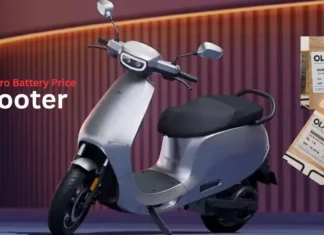
India’s ambitious plans to become a leader in electric vehicles (EVs) are facing a harsh reality check, with significant roadblocks hindering the country’s progress in the sector.
Despite setting a target of having only electric vehicles on Indian roads by 2030, the country currently has less than 1% of its vehicles running on electricity. This is due to several factors, including a lack of adequate charging infrastructure, the high costs of EVs, and a limited supply of batteries.
The Indian government has provided incentives and subsidies to boost the EV industry, including tax breaks and subsidies on battery production. However, these measures have not been enough to drive significant growth in the sector.
Moreover, the pandemic has caused a slowdown in the industry, with a decline in sales and supply chain disruptions. The global semiconductor shortage has further compounded the situation, with automakers struggling to secure chips for their EVs.
The situation is particularly challenging for small and medium-sized companies in the sector, which have limited resources to compete with the big players. The lack of government support for such companies has made it challenging for them to survive in a highly competitive market.
The EV market in India is facing a standard chicken-and-egg problem. Particularly, the demand for battery-powered two-wheelers has started to increase significantly.
In the year ending in March 2022, sales of electric two-wheelers doubled to 200,000 units, and they may reach 800,000 in the current fiscal year, which ends on March 31.
Yet costs must likely drop significantly for the market to really take off. A low-cost, localized supply chain would be helpful, but it would cost manufacturers a lot of money upfront front.
According to Counterpoint Research, about 65% of India’s EV parts are imported, including many critical parts like batteries, magnets, and semiconductors.
Experts have warned that India’s EV dreams could remain just that, a dream unless the government takes more decisive action to support the industry. This includes investing in research and development, promoting innovation, and providing financial assistance to small and medium-sized companies.
Additionally, the government must address the lack of charging infrastructure, which remains a significant challenge for EV adoption. A lack of charging stations is a significant concern for EV owners, who worry about being stranded if they run out of charge while driving.
In conclusion, India’s EV ambitions are facing a reality check, with several challenges hindering the growth of the industry. While the government has taken some measures to support the sector, more decisive action is needed to achieve the ambitious target of having only electric vehicles on Indian roads by 2030.
More on InfoEVs



